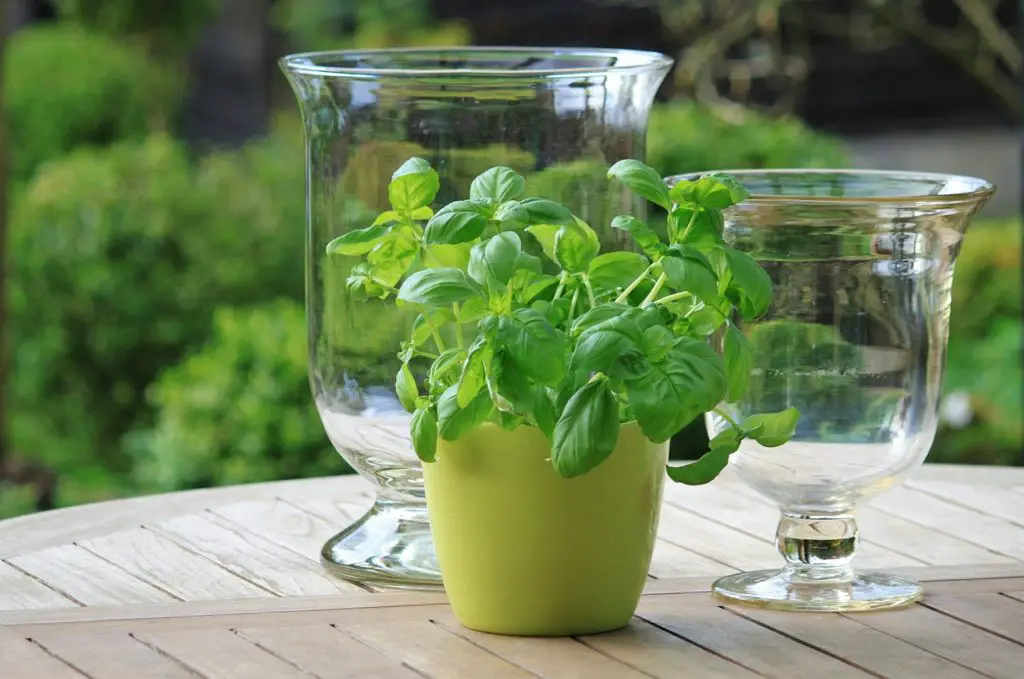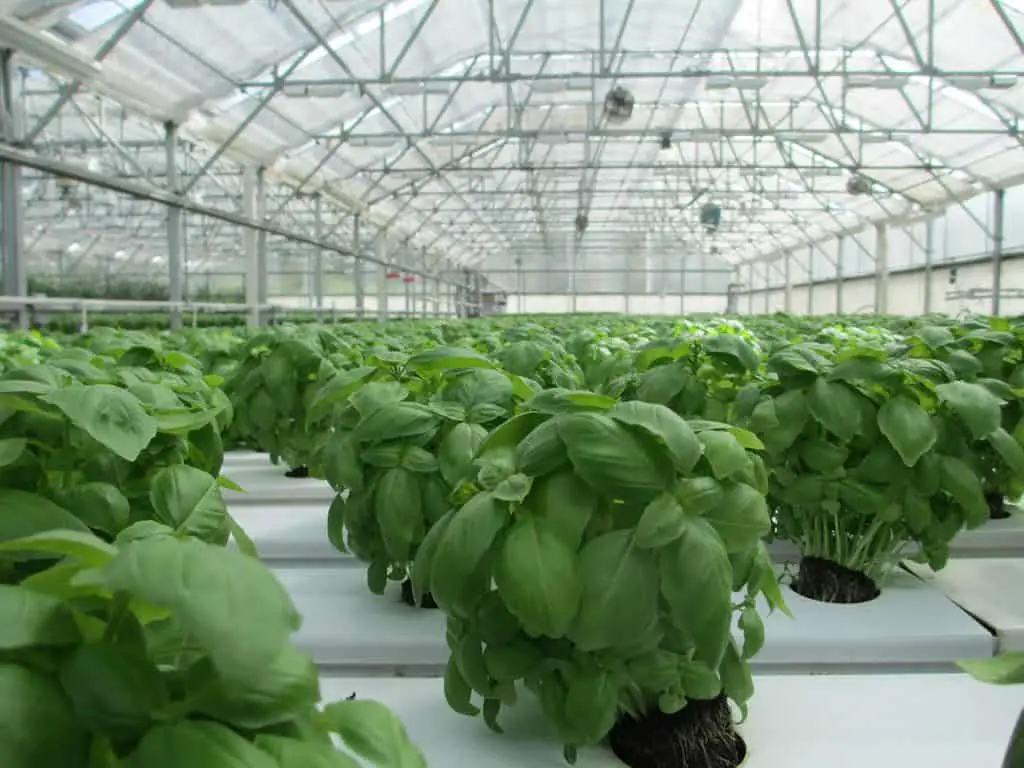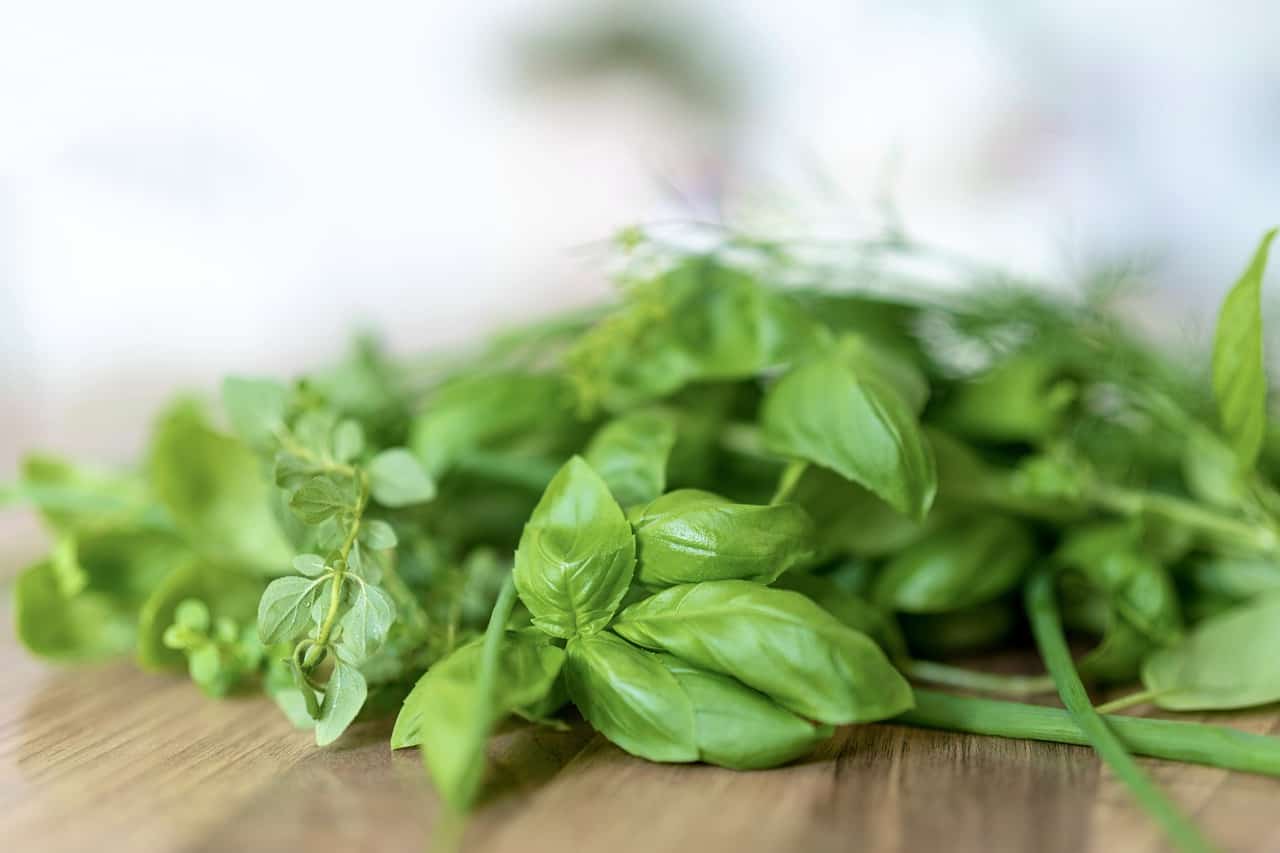
Basil plants flourish in warm conditions, with the ideal temperature range being between 70°F to 80°F (21°C to 27°C). These temperatures promote healthy growth, allowing basil to develop its full aromatic flavor. Temperatures below 50°F (10°C) can severely hinder the plant’s growth and even cause damage, as basil is particularly sensitive to cold stress. Ensuring basil is grown in conditions that do not drop significantly at night is crucial, as consistent warmth is key. In regions with cooler climates, growing basil indoors or using protective measures like cloches can help maintain the optimal temperature range for these fragrant herbs.
What Temperature Can Basil Handle
Basil is quite sensitive to temperature fluctuations, with its ideal growing conditions ranging from 70°F to 80°F (21°C to 27°C) during the day. While it can survive in temperatures as low as 50°F (10°C), anything below this can lead to stress and potential damage, particularly with prolonged exposure to cold.
What Temperature Is Too Low For Basil
Basil is highly sensitive to cold temperatures, with anything below 50°F (10°C) being potentially harmful. The plant prefers a warm climate, thriving best between 70°F and 90°F (21°C-32°C). Temperatures dipping below 50°F can cause growth to slow down significantly or even stop, leading to wilting or blackening of leaves. Frost is particularly damaging and can kill the plant. To protect basil in cooler climates, it’s advisable to grow it in pots that can be brought indoors during cold nights or to use protective coverings outdoors to shield it from low temperatures.
What Are The Optimal Basil Growing Conditions
Optimal basil growing conditions include warm temperatures (70°F-80°F), full sun exposure (6-8 hours daily), well-draining soil with a pH of 6.0-7.5, and regular watering to keep the soil moist but not waterlogged. These conditions promote healthy growth and maximize the plant’s flavorful foliage.
Caring For Your Basil
Caring for your basil involves several key practices to ensure its healthy growth and abundant harvest. Firstly, basil requires full sun exposure, thriving with at least 6 to 8 hours of direct sunlight each day. Plant in well-draining soil with a neutral pH to encourage strong root development. Regular watering is crucial, but avoid overwatering as basil does not like soggy roots. Implement a consistent watering schedule, ensuring the soil remains moist but not waterlogged. Fertilize basil lightly to support growth, but avoid over-fertilization which can diminish the plant’s flavor. Pinch off flowering tops to encourage bushier growth and prevent early seeding. With proper care, your basil will flourish, providing fresh, aromatic leaves for your culinary creations.
Growing Basil In Greenhouse
Growing basil in a greenhouse offers a controlled environment, shielding the plant from extreme weather and pests. This setup ensures optimal warmth and sunlight, extending the growing season. Regular watering and ventilation are key to prevent humidity-related issues, fostering lush, aromatic basil year-round.
Planting Basil In A Greenhouse
Planting basil in a greenhouse allows for year-round cultivation, providing protection from frost and pests. Ensure adequate sunlight, warmth, and ventilation for optimal growth. Space plants properly to promote air circulation and prevent disease. Regular watering, without over-saturation, will yield a continuous supply of fresh basil.
Best Humidity For Basil
The best humidity for basil is moderate to slightly high, around 40-60%. This range supports healthy growth without encouraging fungal diseases, which can thrive in more humid conditions. Ensure good air circulation around the plants to help maintain this ideal humidity level for optimal basil health.

Symptoms Warm Growing Conditions
Symptoms of warm growing conditions include accelerated growth, increased transpiration, and potentially wilted or sunburned leaves if temperatures are excessively high. Plants may also bolt or flower prematurely, reducing leaf production and altering flavor profiles, especially in sensitive herbs like basil.
Drooping Basil Leaves
Drooping basil leaves often indicate water stress, either from overwatering or underwatering. Ensure the soil is moist but not waterlogged, and allow the top inch to dry out before watering again. Proper drainage and consistent soil moisture levels are crucial to reviving and maintaining healthy, upright basil leaves.
Change In Basil Leaf Color
A change in basil leaf color can indicate several conditions affecting the plant’s health. Bright green leaves are a sign of a healthy basil plant. Yellowing leaves might suggest overwatering, poor drainage, or nutrient deficiencies, particularly nitrogen. Black or dark spots could indicate fungal infections like basil downy mildew, especially in humid conditions. Purple or brown discoloration might result from cold stress or sunburn if the plant is exposed to intense sunlight without acclimation.

